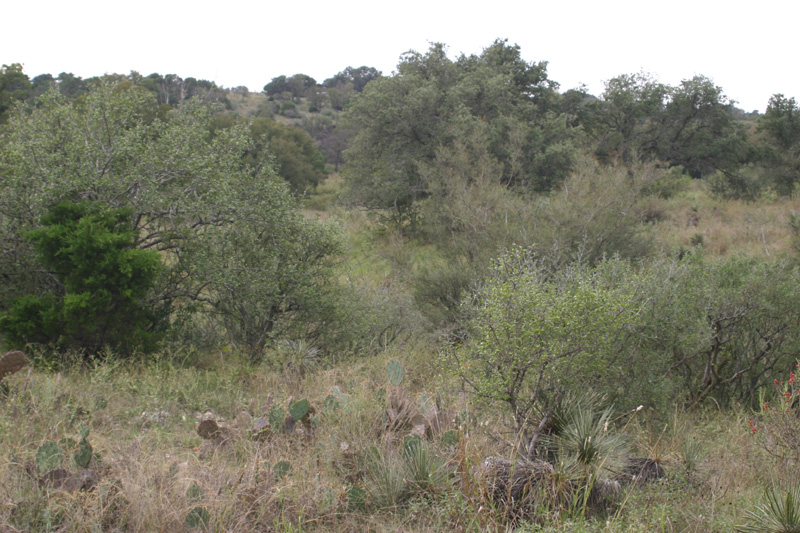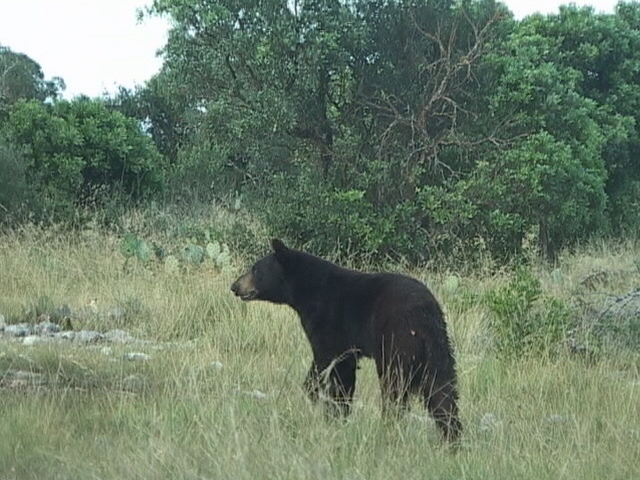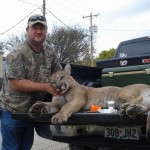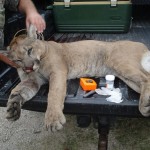With spring just around the corner, the weather is much more conducive for some serious hiking and rock climbing in Central Texas, and what better place to find a central Texas hiking trail than Enchanted Rock State Natural Area. The terrain is well suited for both the casual hiker as well as those looking for a more adventurous climb. The website notes: “Enchanted Rock State Natural Area consists of 1643.5 acres on Big Sandy Creek, north of Fredericksburg, on the border between Gillespie and Llano Counties.”
The state park charges a small fee for parking, and it is a haven for nature lovers and outdoorsmen. The Loop Trail covers a terrain of 4 miles, and Summit Trail climbs 425 feet in 0.6 miles, according to the park’s map. It is recommended that you bring plenty of water and snacks because that particular hiking trail can be harder than it looks. Continue reading Central Texas Hiking Trail



